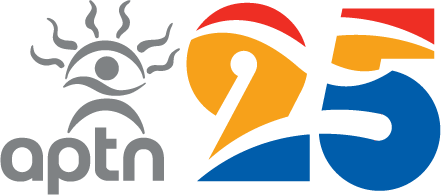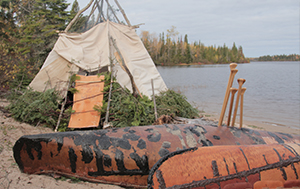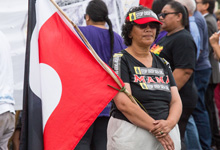
Episode 1 — Water as Taonga, Part One, Water as Taonga?
In New Zealand there is a huge debate about who owns and manages the water resource. In fact the Maori have been embroiled in their fair share of water rights disputes, both foreshore rights and to rights associated with fresh water and thermal energy.
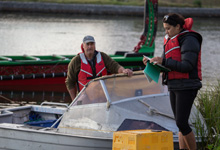
Episode 2 — Water as Taonga, Part Two, Kiatiaki
As with many first Nations, the Maori believe they are guardians, or Kaitiaki, of the environment and therefore nature is of utmost importance in their stories and legends. To that end several Iwi’s (families) have taken to undertake tremendous amounts of work in restoring river systems.
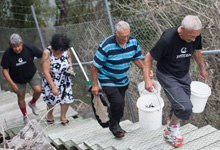
Episode 3 — Water as Taonga, Part Three, Kiatiaki
Other explorations at restoring river systems can be found in the question: how do people mitigate the damage caused by dams and de-forestation? A large question to be sure, but some insight can be gained by watching what Kaitiaki’s have done to help recover river eel populations.
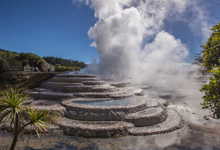
Episode 4 — Water as Taonga, Part Four, Aotearoa
In the final installment of Water as Taonga we visit the University of Waikato and discuss terms used in the Treaty of Waitangi in relation to Maori Water rights with professors Bradford Morse and Dr. Robert Joseph. Why are the Maori given the rights to the land and not the water that encompasses the land?
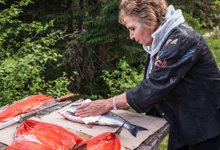
Episode 5 — The Sustainable Harvest
Salmon, halibut, lingcod, rockfishes, clams, abalone, urchins, prawn, crabs, shrimps, scallops, octopus, mussel, barnacles, seaweed and sea asparagus: These are some of the fish, shellfish microalgae and marine plants that form aspects of a sustainable harvest in the Pacific northwest. Will this food last forever?
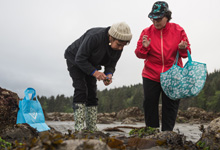
Episode 6 — Seaweed: What the fucus?
In 2002 Dr. Dolly Garza took early retirement as a University professor to come and live on Haida Gwaii full-time. She is originally Haida from Alaska but married a future hereditary chief of the Haida nation. She has been harvesting seaweed for most of her life and now is an advocate of the many benefits of seaweed.
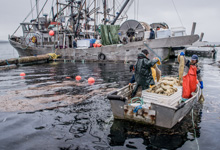
Episode 7 — Herring Roe: Dead or Alive, Part One
Visit the community of Bella Bella where in 1996 the first nations right to harvest Herring roe was recognized by the Supreme Court of Canada. William Gladstone had been caught with 190 pales of herring roe on kelp. He was arrested but subsequently won the argument that it was his aboriginal right to harvest and market this precious, rare and delicate resource.
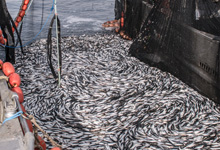
Episode 8 — Herring Roe: Dead or Alive, Part Two
Visit the community of Bella Bella where in 1996 the first nations right to harvest Herring roe was recognized by the Supreme Court of Canada. William Gladstone had been caught with 190 pales of herring roe on kelp. He was arrested but subsequently won the argument that it was his aboriginal right to harvest and market this precious, rare and delicate resource.
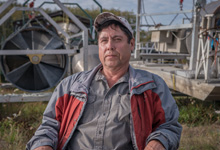
Episode 9 — The Elwha River: Taking Down the Dams
The removal of the Glines Canyon Dam and the Elwha Dam, a smaller downstream dam, began in late 2011. Three years later, salmon are migrating past the former dam sites, trees and shrubs are sprouting in the drained reservoir beds, and sediment once trapped behind the dams is rebuilding beaches at the Elwha’s outlet to the sea.
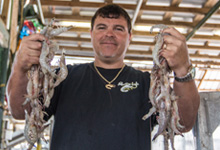
Episode 10 — Gulf Shrimp: 4 Years and Counting
The effects of natural disasters in oceanic waters can be deadly for natural habitat and such was the case in the infamous oil explosion in the Gulf of Mexico in 2010. The marine species of that region were devastated. We visit some shrimp fishermen to see what has changed since the oil spill of four years ago.
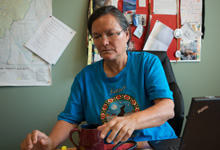
Episode 11 — Mount Polley: Breach or Catastrophe?
On August 4, ironically known as B.C. day, the Imperial Mines tailings pond dam in the north central British Columbia collapsed releasing 10 million gallons of toxic chemicals into a pristine wilderness. For three days the premier of the province lay low, the senior management of the mine was nowhere to be seen as a small tributary of Quesnell Lake, known as Hazeltine creek, was devastated washed away with the torrents of toxic waste.
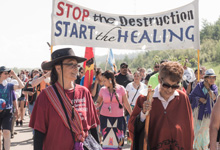
Episode 12 — Mother Frackers: The Uprising, Part One
Human hunger for energy is insatiable and the exploration for shale gas is causing up a stir among environmentally aware social groups. Fracking, or hydraulic fracturing is the process of extracting shale gas from the depth of the earth.
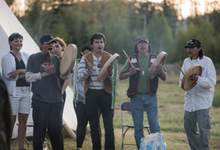
Episode 13 — Mother Frackers: The Uprising, Part Two
Human hunger for energy is insatiable and the exploration for shale gas is causing up a stir among environmentally aware social groups. Fracking, or hydraulic fracturing is the process of extracting shale gas from the depth of the earth.
